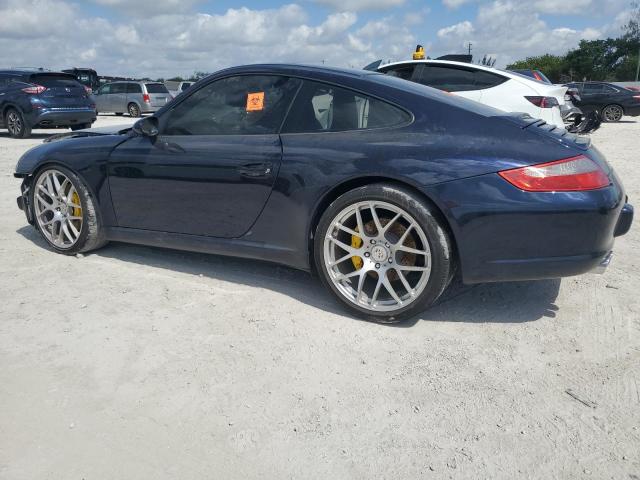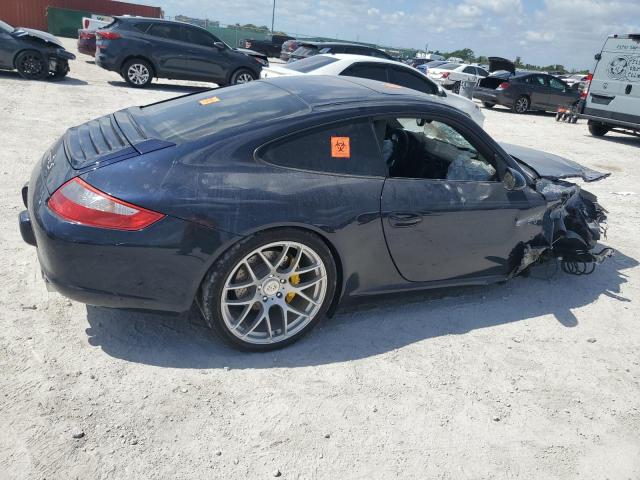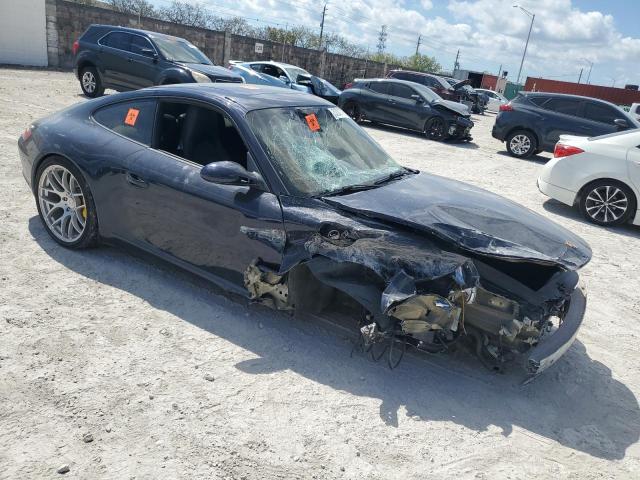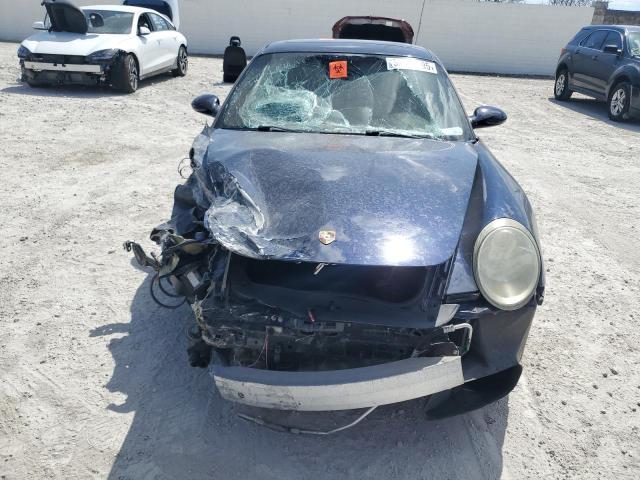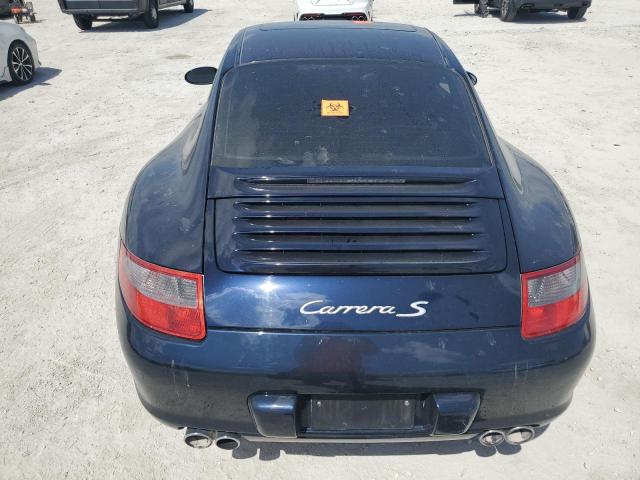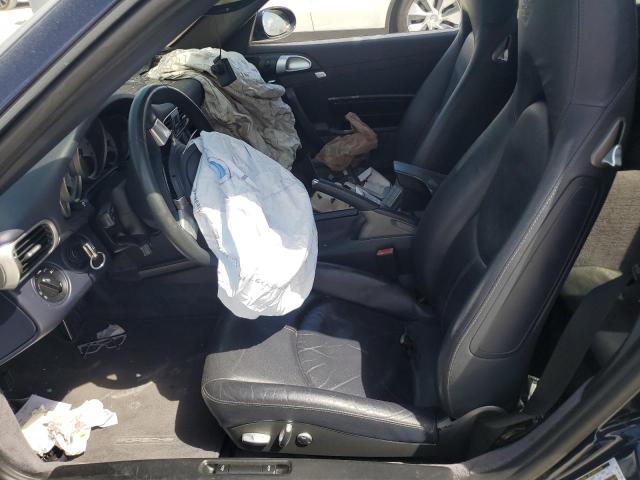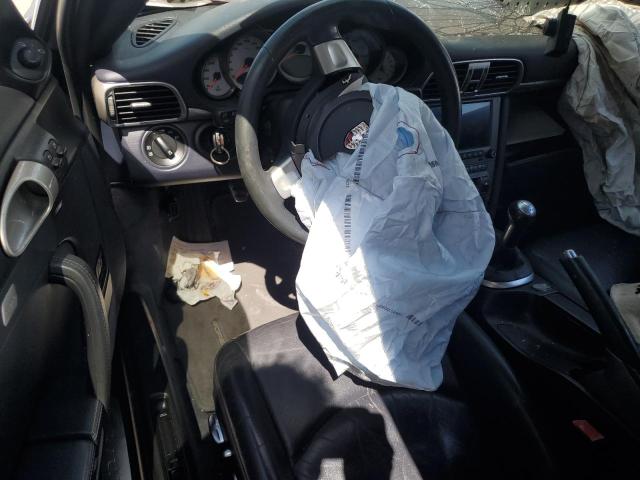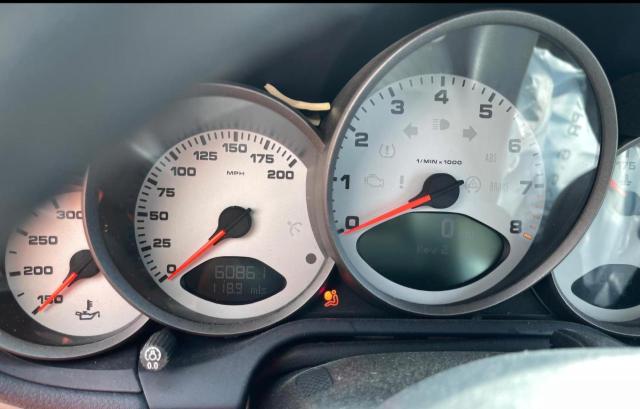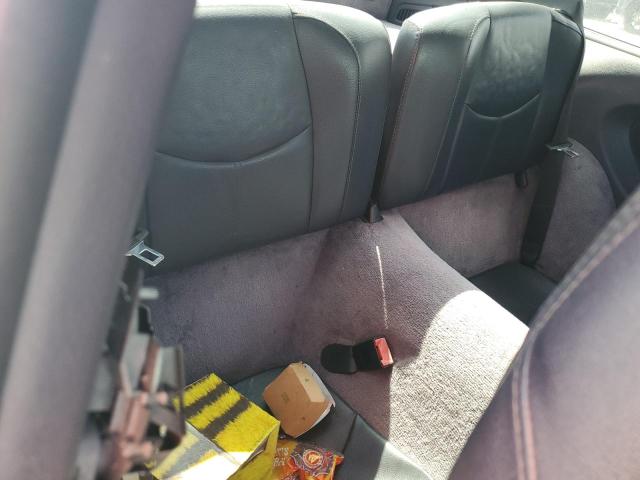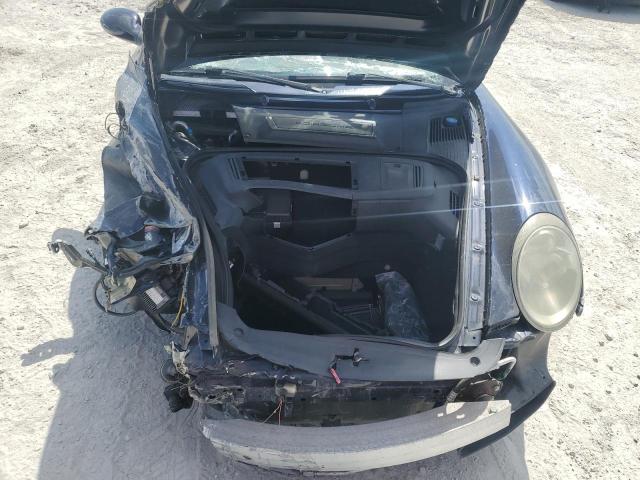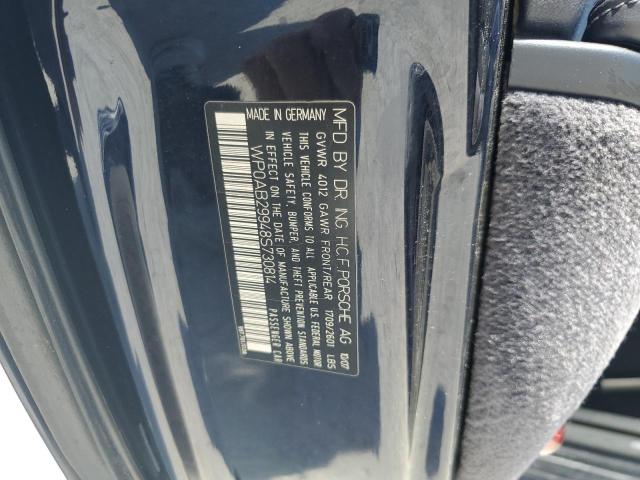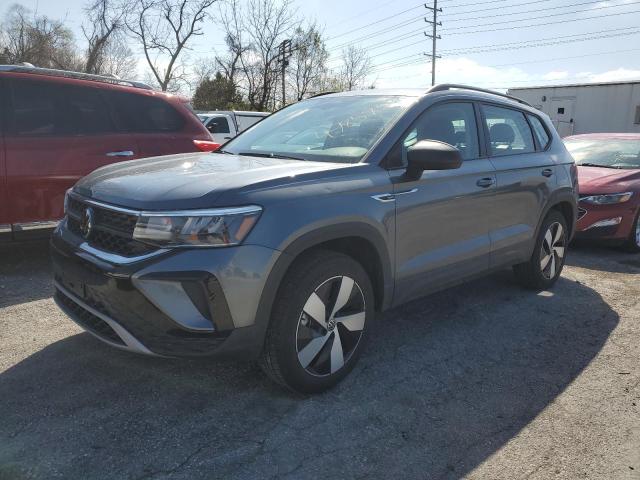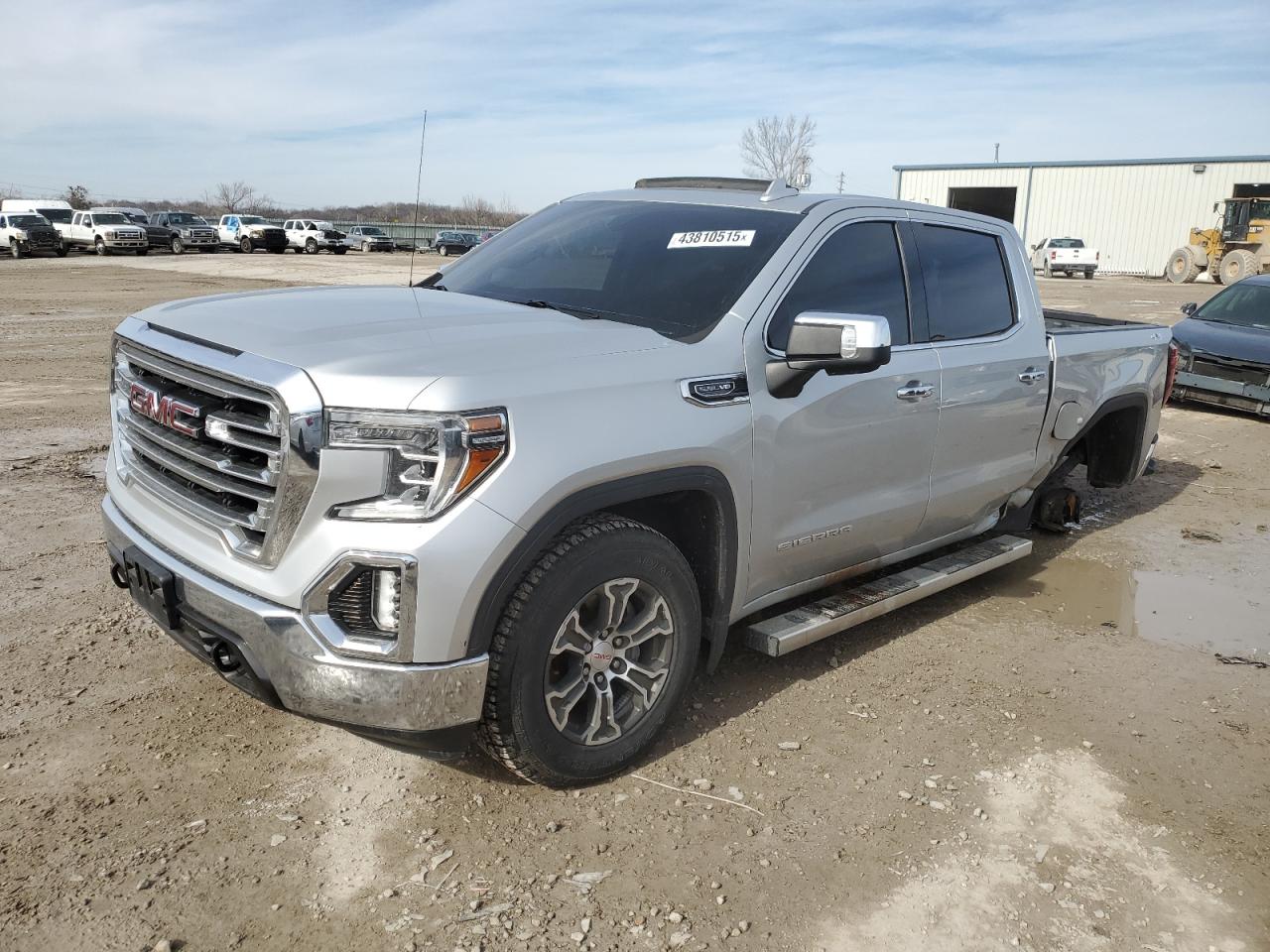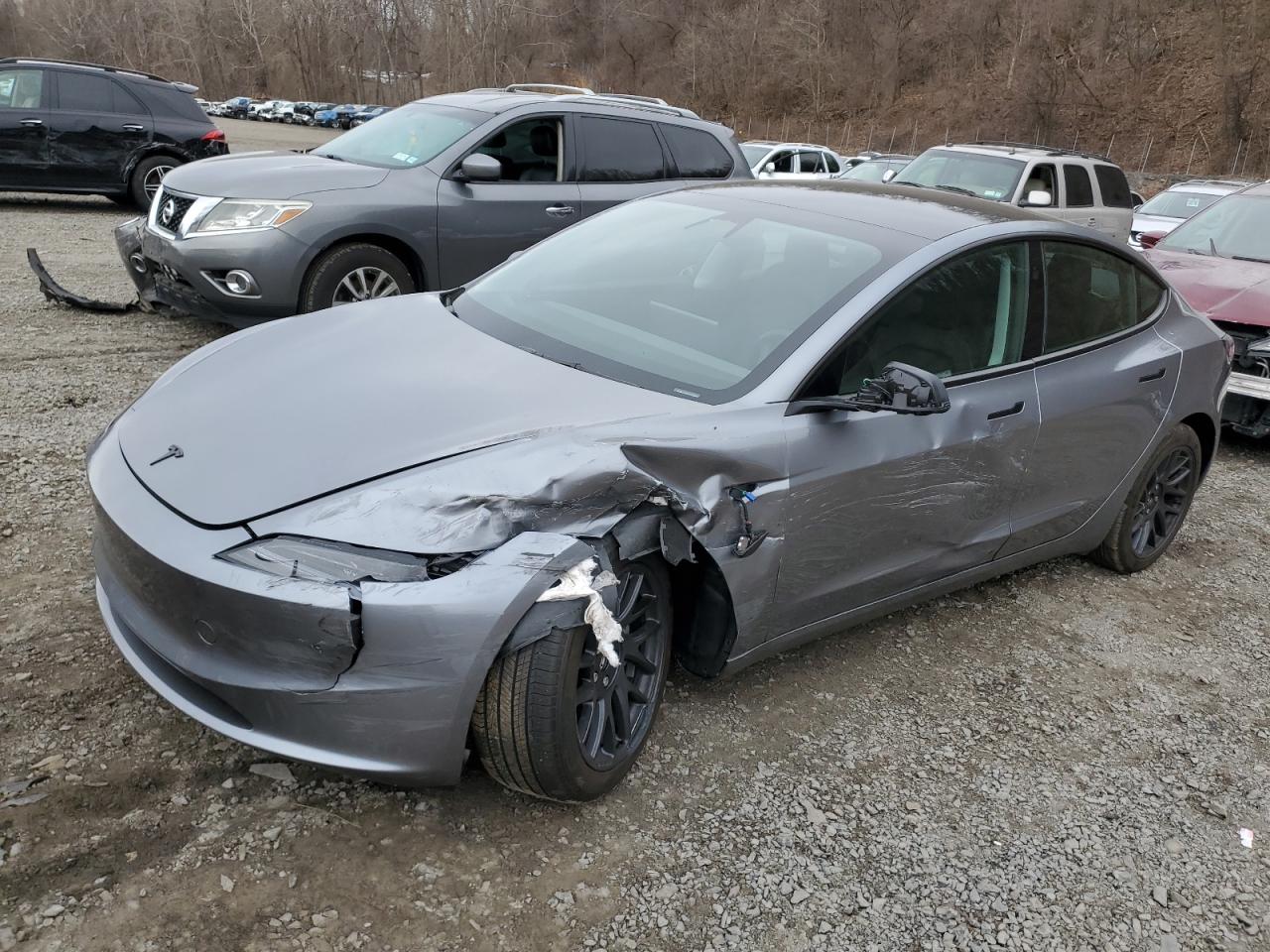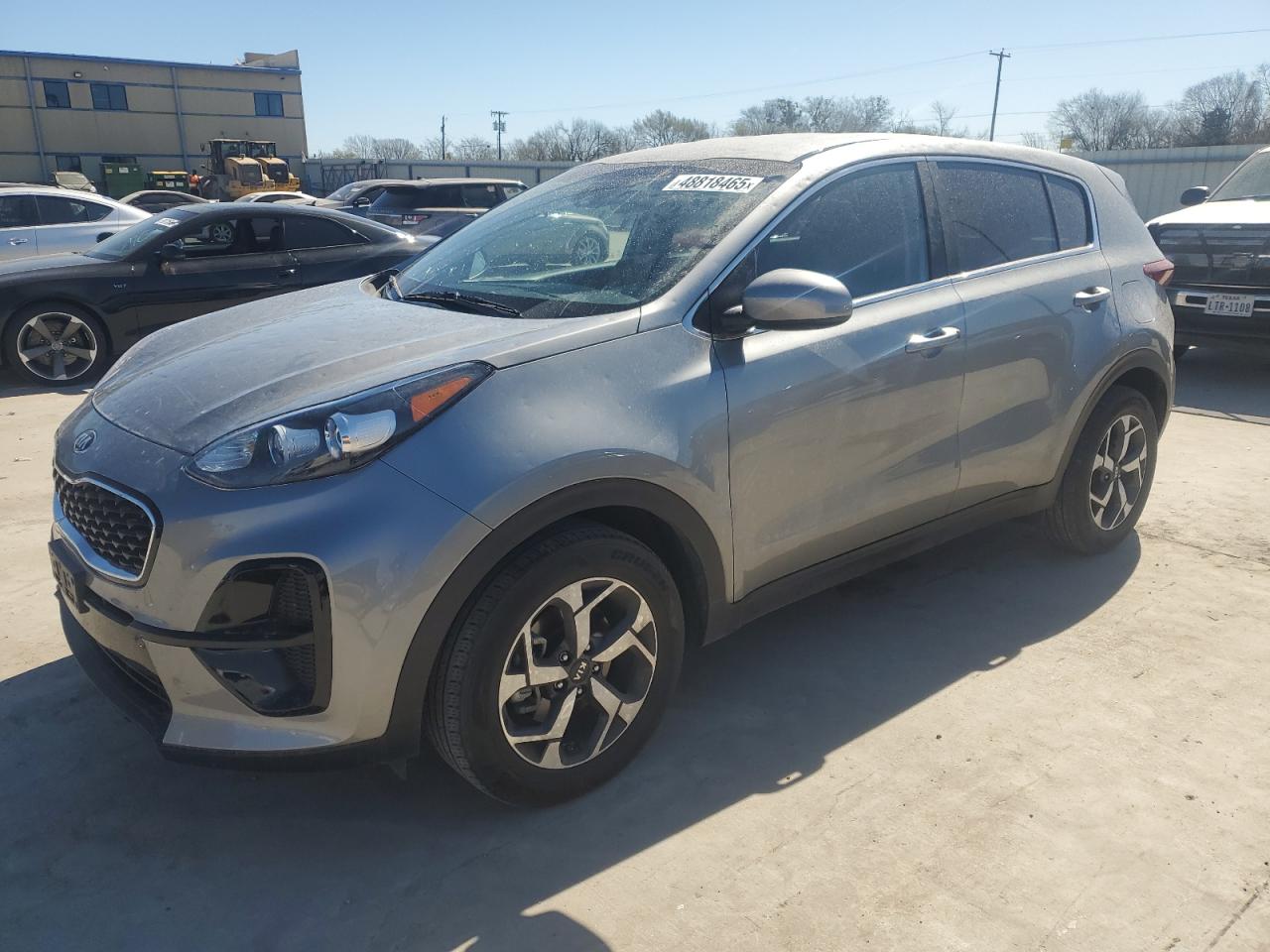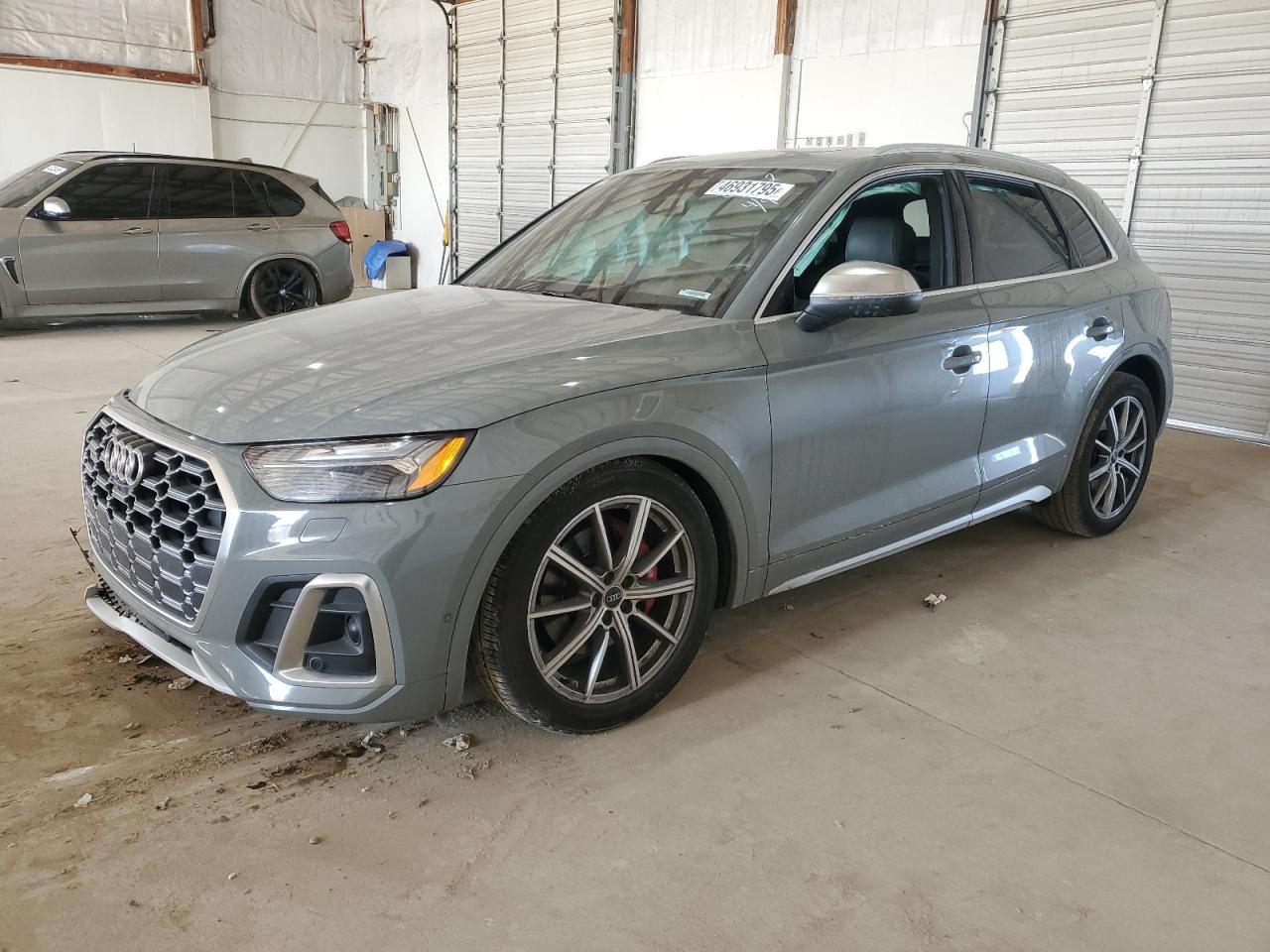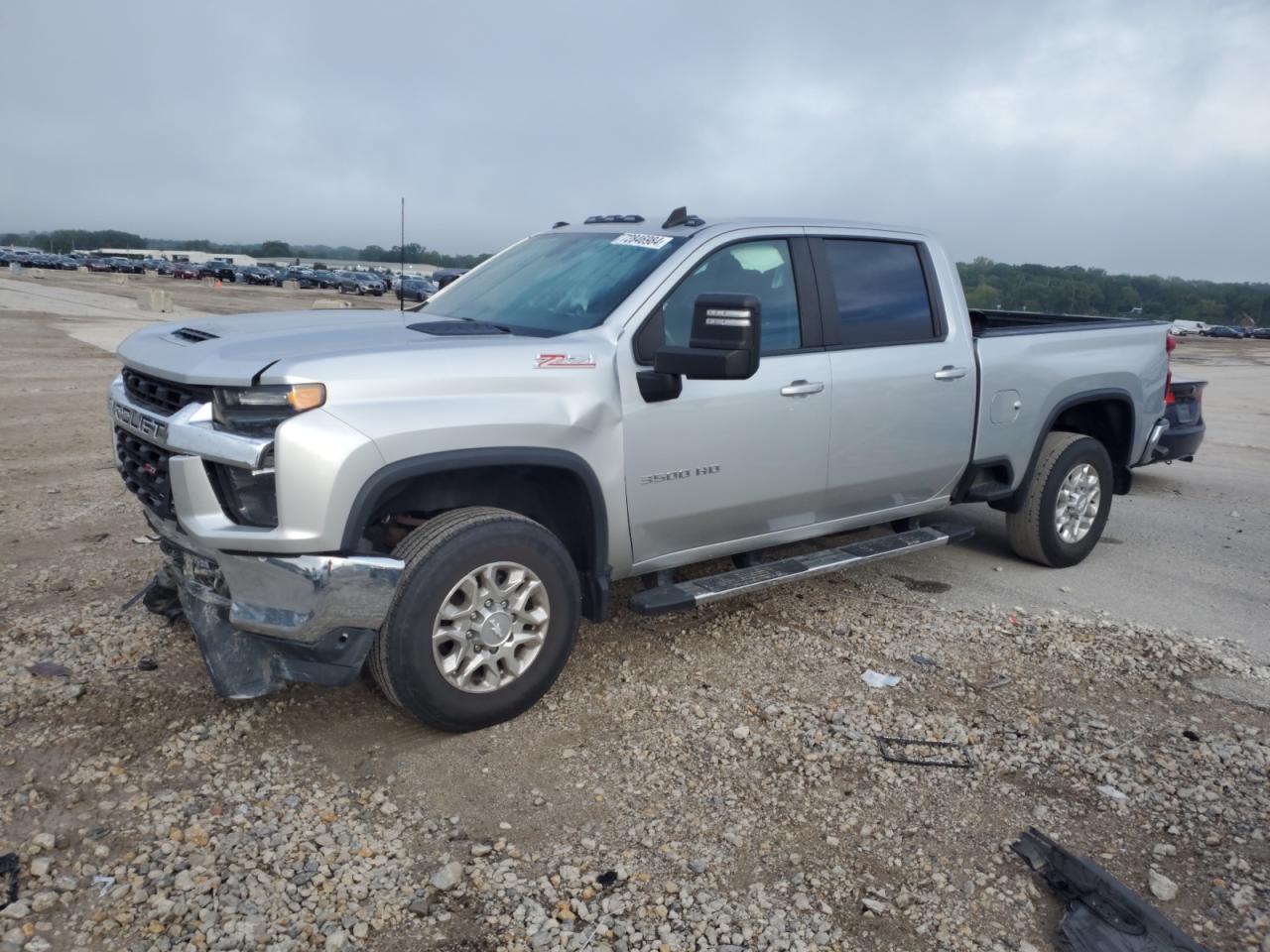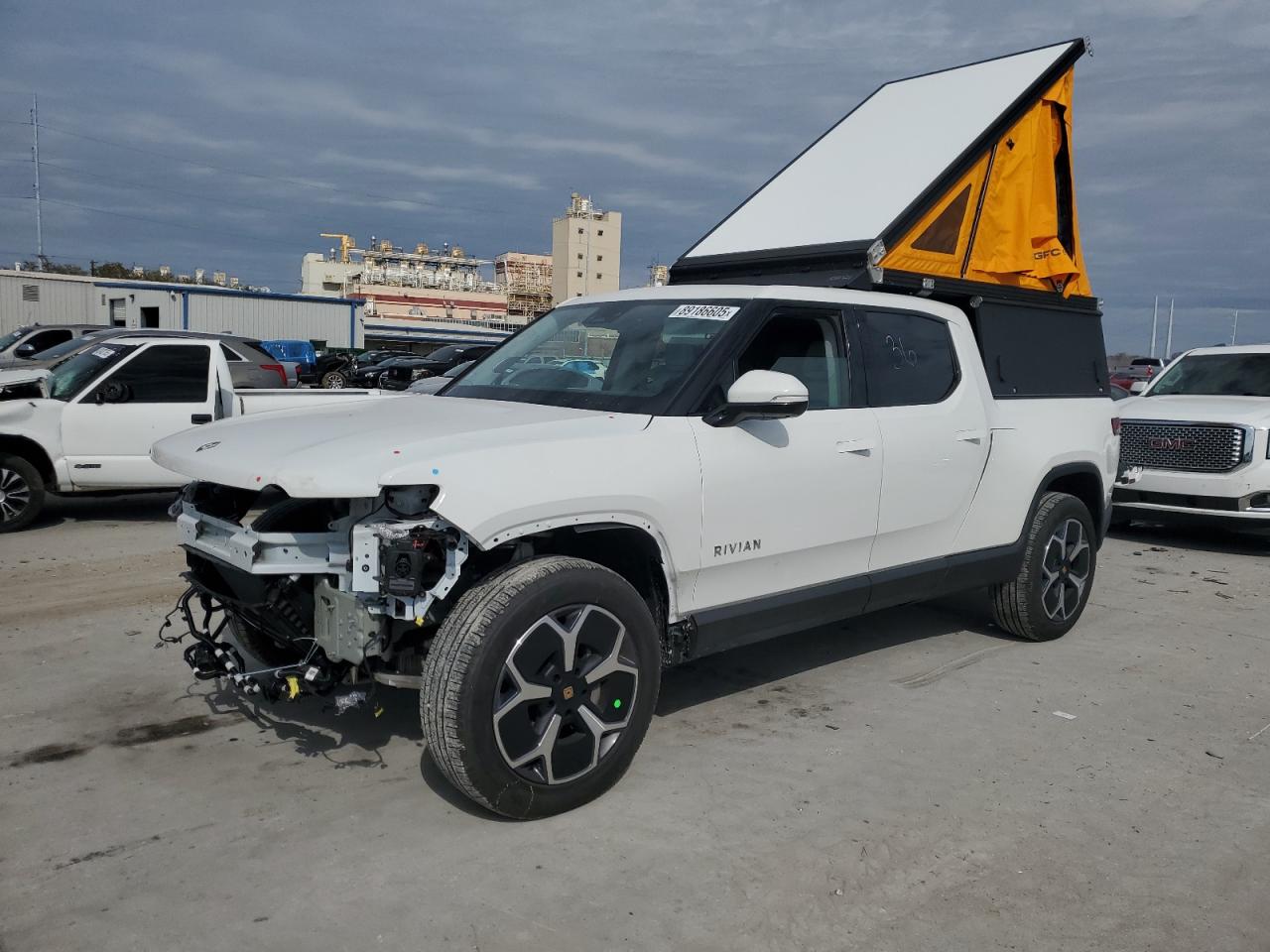2008 PORSCHE 911 | WP0AB29948S730814
 ❯
❯
Specifications
11
~$245,000
Engine: 3.6L twin-turbo flat-6
Torque: 700 Nm
0–100 km/h: ~3.4 s
The 997-generation GT2 RS is not just the most powerful 911 of its era—it’s one of the most brutal, visceral, and uncompromising road cars Porsche has ever created. At the heart of this weaponized 911 lies the legendary Mezger 3.6-liter twin-turbo flat-six, producing 620 hp and 700 Nm of torque. Paired exclusively with a six-speed manual gearbox and rear-wheel drive, the GT2 RS delivers unfiltered performance, accelerating from 0 to 100 km/h in 3.4 seconds while demanding absolute precision from its driver. There’s no PDK to save you, no all-wheel-drive safety net—only raw mechanical engagement and staggering speed.
But the GT2 RS isn’t just about straight-line savagery. With a curb weight of just 1370 kg thanks to extensive use of carbon fiber, magnesium wheels, and a stripped-down interior, it handles like a scalpel. The chassis is stiff, the suspension firm, and the feedback immediate. Porsche Active Suspension Management (PASM), carbon-ceramic brakes, and a mechanical limited-slip differential work in harmony to translate driver inputs into razor-sharp responses. On track, the GT2 RS feels as capable as any modern GT3 car, yet it remains road-legal—a terrifyingly effective tool in the hands of the skilled.
What sets the 997 GT2 RS apart is its singular focus. It’s not comfortable, nor forgiving, nor mass-market. It is the last of the fully analog turbocharged 911s, built before electronics and hybrid tech diluted the formula. With no stability intervention by default and no dual-clutch gearbox, it rewards skill and punishes error. It is, in every sense, a driver’s car—ferocious, pure, and destined to be a legend.
Body Styles
The Porsche 997 was available as a fixed-roof coupe, an open-top cabriolet with a fully automatic soft-top, and a Targa version featuring a panoramic glass roof and hatch-style rear opening. Coupes retained the classic 911 profile with a modernized edge, while cabriolets provided full open-air driving with minimal compromise in torsional rigidity. Targa models, exclusive to all-wheel-drive variants, combined the coupe's silhouette with improved cabin light and access, and were favored in markets with mixed weather. The facelift (997.2) subtly revised the body with new LED lighting elements, slightly reshaped bumpers, and improved aerodynamic efficiency without altering the timeless proportions.
Model Name Meaning (Manufacturer)
The name “911” traces back to a practical naming decision in the 1960s, but by the time of the 997 generation, it had become one of the most revered monikers in automotive history. Porsche kept the number not just for recognition but to honor the continuity of a concept: a compact, rear-engined sports car that evolved rather than changed. The internal code “997” represents the seventh generation of 911 and signaled a return to enthusiast-favored styling and mechanical precision after the controversial 996. With its blend of modern technology and classic analog feel, the 997 preserved Porsche’s rear-engine legacy while restoring confidence in the purity of the driving experience.
Model Name Meaning (Languages)
The number “911” is universally used across languages and markets, evoking the same respect in English, German, Japanese, and Arabic. It does not translate but carries a consistent message of performance heritage and timeless design. While “Carrera” means “race” in Spanish, it also serves as a symbol of Porsche’s motorsport DNA in every country where the model is sold. The model designations “S” and “4” are similarly recognizable and rarely translated, representing sport-oriented enhancements and all-wheel-drive functionality respectively. Together, these badges create a global language of Porsche precision, easily understood regardless of geography.
Body & Interior Colors and Rims
The Porsche 997 was available in a refined selection of body colors including classic Arctic Silver, Basalt Black, Carrera White, and Guards Red, as well as bold hues like Speed Yellow, GT Silver, and Slate Grey Metallic. Paint-to-Sample options allowed for heritage or custom finishes, with limited-edition tones offered on special trims. Subtle styling tweaks across model years and wheel designs helped differentiate trims while retaining a cohesive brand identity.
The interior could be optioned with full or partial leather in Black, Stone Grey, Sand Beige, and Cocoa, along with two-tone designs and extended leather packages covering the dash and doors. Upholstery included soft leather, Alcantara, or embossed Porsche crests on headrests. Sport seats, heated and ventilated options, and adaptive lumbar adjustments made the cabin equally supportive for spirited driving and long tours.
Wheels ranged from 18 to 19 inches with multiple forged alloy designs like the classic Lobster Claw, Carrera Classic, and SportDesign series. S models received red brake calipers and larger rotors, while some trims added center caps with full-color Porsche crests or optional painted rims matched to bodywork. These elements, combined with the car’s signature stance, gave the 997 a poised and unmistakably Porsche presence.
Top Expensive Options
- Porsche Ceramic Composite Brakes (PCCB): ~$8,000
- Chrono Package Plus with Sport Mode & Timer: ~$920
- Sport Exhaust System: ~$2,300
- Adaptive Sport Seats: ~$1,500
- Bose Surround Sound System: ~$1,390
- PASM (standard on S): ~$2,000 if optioned separately
- Full Leather Interior with Deviated Stitching: ~$2,000+
- Navigation Module + PCM: ~$3,000
- Sport Suspension (-20 mm): ~$1,300
- Painted Key Fob / Custom Seat Belts: ~$500+ each
vs Competitors
The 997-generation 911 faced rivals such as the BMW M3 (E92), Audi R8 V8, Mercedes-Benz CLK63 AMG, Chevrolet Corvette C6, and Aston Martin V8 Vantage.
Compared to the M3, the 911 offered sharper steering, better weight distribution, and a richer driving experience. Against the R8, it was more compact and lighter, with a stronger rear-engine character. The Vantage won on sound and aesthetics, but the 911 beat it in precision, reliability, and usability.
In its segment, the 997 was often praised as the last truly analog 911, especially in 6-speed manual form — retaining hydraulic steering, mechanical engagement, and pure feedback.
Fun Fact
The 997 marked the final generation of the 911 to feature hydraulic steering, making it a favorite among purists. It was also the first 911 to offer Porsche’s PDK dual-clutch transmission (from 2009), which dramatically improved shift speed and drivability.
In 2009, Porsche also introduced the 911 Sport Classic, a retro-inspired limited edition based on the 997, with a ducktail spoiler, wide body, and 408 hp — now highly collectible.
Lot Details
-
Sale Date18/Jun/2025
-
Lot Number52307795
-
Sale document
-
Location
-
Odometer60,861 miles (97,946 km)
-
Primary Damage:ALL OVER
-
Seller
-
Fuel
-
Engine Type3.8L 6
-
Transmission
-
Drive Type
-
Color
Final Bid Porsche 911 (2008)
$11,400
$34,656
$47,500
Specifications
11
~$245,000
Torque:
0–100 km/h:
The 997-generation GT2 RS is not just the most powerful 911 of its era—it’s one of the most brutal, visceral, and uncompromising road cars Porsche has ever created. At the heart of this weaponized 911 lies the legendary Mezger 3.6-liter twin-turbo flat-six, producing 620 hp and 700 Nm of torque. Paired exclusively with a six-speed manual gearbox and rear-wheel drive, the GT2 RS delivers unfiltered performance, accelerating from 0 to 100 km/h in 3.4 seconds while demanding absolute precision from its driver. There’s no PDK to save you, no all-wheel-drive safety net—only raw mechanical engagement and staggering speed.
But the GT2 RS isn’t just about straight-line savagery. With a curb weight of just 1370 kg thanks to extensive use of carbon fiber, magnesium wheels, and a stripped-down interior, it handles like a scalpel. The chassis is stiff, the suspension firm, and the feedback immediate. Porsche Active Suspension Management (PASM), carbon-ceramic brakes, and a mechanical limited-slip differential work in harmony to translate driver inputs into razor-sharp responses. On track, the GT2 RS feels as capable as any modern GT3 car, yet it remains road-legal—a terrifyingly effective tool in the hands of the skilled.
What sets the 997 GT2 RS apart is its singular focus. It’s not comfortable, nor forgiving, nor mass-market. It is the last of the fully analog turbocharged 911s, built before electronics and hybrid tech diluted the formula. With no stability intervention by default and no dual-clutch gearbox, it rewards skill and punishes error. It is, in every sense, a driver’s car—ferocious, pure, and destined to be a legend.
Body Styles
The Porsche 997 was available as a fixed-roof coupe, an open-top cabriolet with a fully automatic soft-top, and a Targa version featuring a panoramic glass roof and hatch-style rear opening. Coupes retained the classic 911 profile with a modernized edge, while cabriolets provided full open-air driving with minimal compromise in torsional rigidity. Targa models, exclusive to all-wheel-drive variants, combined the coupe's silhouette with improved cabin light and access, and were favored in markets with mixed weather. The facelift (997.2) subtly revised the body with new LED lighting elements, slightly reshaped bumpers, and improved aerodynamic efficiency without altering the timeless proportions.
Model Name Meaning (Manufacturer)
The name “911” traces back to a practical naming decision in the 1960s, but by the time of the 997 generation, it had become one of the most revered monikers in automotive history. Porsche kept the number not just for recognition but to honor the continuity of a concept: a compact, rear-engined sports car that evolved rather than changed. The internal code “997” represents the seventh generation of 911 and signaled a return to enthusiast-favored styling and mechanical precision after the controversial 996. With its blend of modern technology and classic analog feel, the 997 preserved Porsche’s rear-engine legacy while restoring confidence in the purity of the driving experience.
Model Name Meaning (Languages)
The number “911” is universally used across languages and markets, evoking the same respect in English, German, Japanese, and Arabic. It does not translate but carries a consistent message of performance heritage and timeless design. While “Carrera” means “race” in Spanish, it also serves as a symbol of Porsche’s motorsport DNA in every country where the model is sold. The model designations “S” and “4” are similarly recognizable and rarely translated, representing sport-oriented enhancements and all-wheel-drive functionality respectively. Together, these badges create a global language of Porsche precision, easily understood regardless of geography.
Body & Interior Colors and Rims
The Porsche 997 was available in a refined selection of body colors including classic Arctic Silver, Basalt Black, Carrera White, and Guards Red, as well as bold hues like Speed Yellow, GT Silver, and Slate Grey Metallic. Paint-to-Sample options allowed for heritage or custom finishes, with limited-edition tones offered on special trims. Subtle styling tweaks across model years and wheel designs helped differentiate trims while retaining a cohesive brand identity.
The interior could be optioned with full or partial leather in Black, Stone Grey, Sand Beige, and Cocoa, along with two-tone designs and extended leather packages covering the dash and doors. Upholstery included soft leather, Alcantara, or embossed Porsche crests on headrests. Sport seats, heated and ventilated options, and adaptive lumbar adjustments made the cabin equally supportive for spirited driving and long tours.
Wheels ranged from 18 to 19 inches with multiple forged alloy designs like the classic Lobster Claw, Carrera Classic, and SportDesign series. S models received red brake calipers and larger rotors, while some trims added center caps with full-color Porsche crests or optional painted rims matched to bodywork. These elements, combined with the car’s signature stance, gave the 997 a poised and unmistakably Porsche presence.
Top Expensive Options
- Porsche Ceramic Composite Brakes (PCCB): ~$8,000
- Chrono Package Plus with Sport Mode & Timer: ~$920
- Sport Exhaust System: ~$2,300
- Adaptive Sport Seats: ~$1,500
- Bose Surround Sound System: ~$1,390
- PASM (standard on S): ~$2,000 if optioned separately
- Full Leather Interior with Deviated Stitching: ~$2,000+
- Navigation Module + PCM: ~$3,000
- Sport Suspension (-20 mm): ~$1,300
- Painted Key Fob / Custom Seat Belts: ~$500+ each
vs Competitors
The 997-generation 911 faced rivals such as the BMW M3 (E92), Audi R8 V8, Mercedes-Benz CLK63 AMG, Chevrolet Corvette C6, and Aston Martin V8 Vantage.
Compared to the M3, the 911 offered sharper steering, better weight distribution, and a richer driving experience. Against the R8, it was more compact and lighter, with a stronger rear-engine character. The Vantage won on sound and aesthetics, but the 911 beat it in precision, reliability, and usability.
In its segment, the 997 was often praised as the last truly analog 911, especially in 6-speed manual form — retaining hydraulic steering, mechanical engagement, and pure feedback.
Fun Fact
The 997 marked the final generation of the 911 to feature hydraulic steering, making it a favorite among purists. It was also the first 911 to offer Porsche’s PDK dual-clutch transmission (from 2009), which dramatically improved shift speed and drivability.
In 2009, Porsche also introduced the 911 Sport Classic, a retro-inspired limited edition based on the 997, with a ducktail spoiler, wide body, and 408 hp — now highly collectible.

